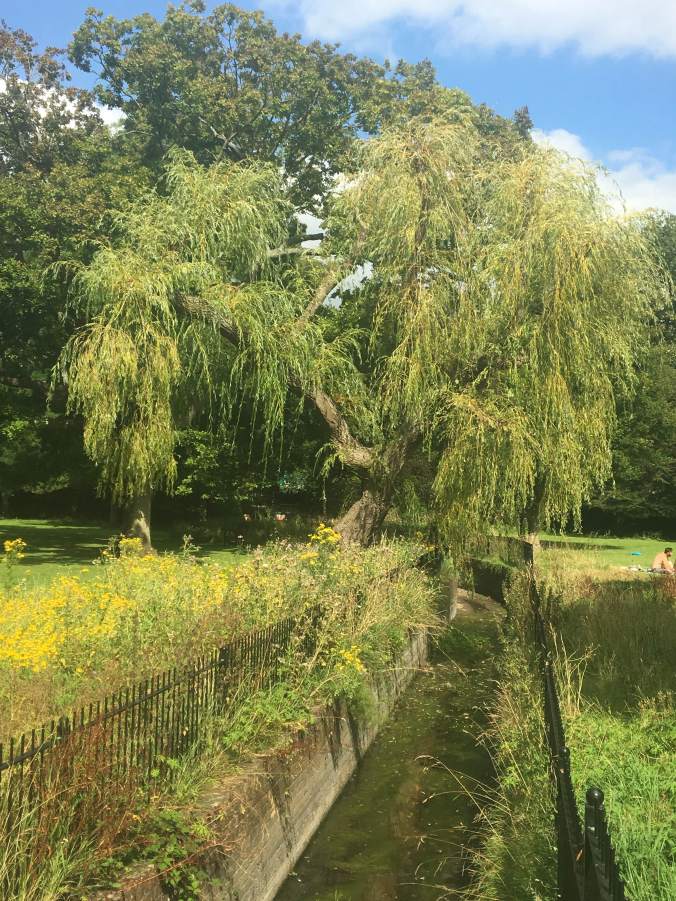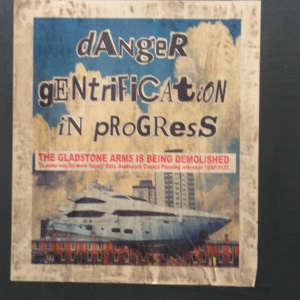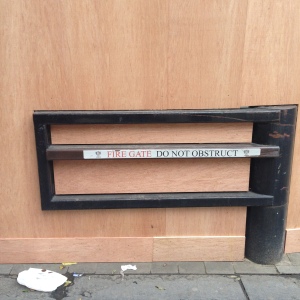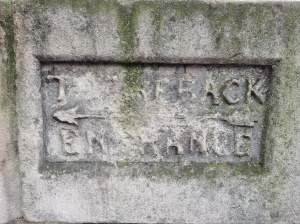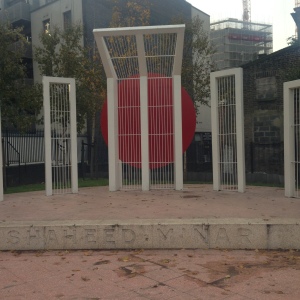The London Sound Survey is an incredible project collecting CC-licenced sound recordings of life and places in London. It also has a detailed list of references to the sounds of London through the centuries, which I love. This is a
A database of several hundred historical descriptions and references to London’s sounds. They’re drawn mainly from primary sources such as autobiographies, diaries and statutes, as well as novels written around the times they depict.
Reading about historical sounds is, for me at least, imagination-fuelled time travel. The entire website is worth exploring, but the Historical References to London’s Sounds page can be found here. There is also a map with recordings of London sound from the 1930s and 1940s from the BBC on the website, many of which must have been familiar sounds for centuries before they were captured – the cries of a lavender seller, children’s singing games, and street musicians.
 This recording here is one I have chosen for today, which is rather more contemporary, and apt given our upcoming walk on Saturday through the archaeology of austerity in contemporary London. The recording was made in 2009 at Ridley Road market in Dalston in East London. I lived in the Borough of Hackney for the majority of my adult life, and for some of it in Dalston, before it got gentrified. Ridley was always a favourite spot to shop for cheap veg, and to look on in terror at the buckets of tripe and the rows of trotters at the butchers, or the boxes of edible land snails for sale. I wonder how long the market will last, as it is surrounded by expensive housing and businesses catering for far richer customers?
This recording here is one I have chosen for today, which is rather more contemporary, and apt given our upcoming walk on Saturday through the archaeology of austerity in contemporary London. The recording was made in 2009 at Ridley Road market in Dalston in East London. I lived in the Borough of Hackney for the majority of my adult life, and for some of it in Dalston, before it got gentrified. Ridley was always a favourite spot to shop for cheap veg, and to look on in terror at the buckets of tripe and the rows of trotters at the butchers, or the boxes of edible land snails for sale. I wonder how long the market will last, as it is surrounded by expensive housing and businesses catering for far richer customers?
